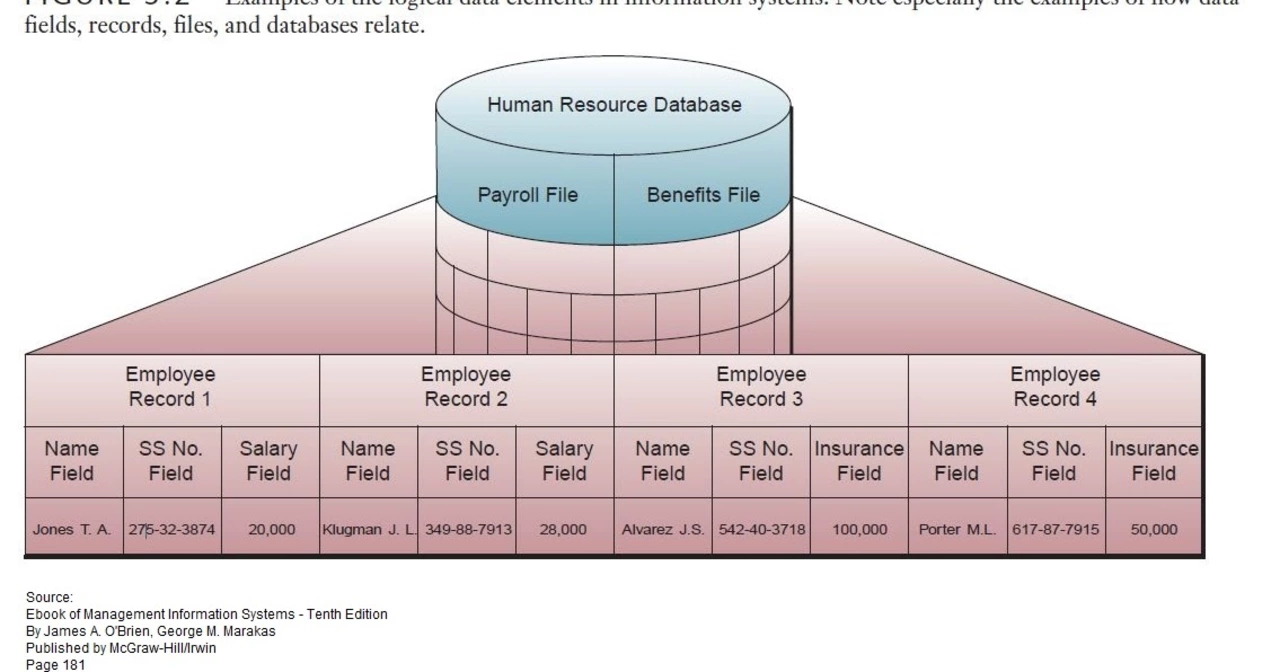Data Limitations in Sports Reporting: What Fans Need to Know
Ever looked at a stat line and wondered if it tells the whole story? You’re not alone. In sports, numbers are everywhere—points, rebounds, yards, win‑loss records—but the data we see often has blind spots. Knowing those blind spots helps you enjoy the game without getting fooled by incomplete info.
First off, remember that every stat is pulled from a specific source. Some leagues publish detailed play‑by‑play data, while others only release final scores. When a source skips certain plays—like missed tackles in football or off‑ball movement in basketball—the resulting numbers leave out key context. That’s a classic data limitation.
Why Incomplete Data Happens
There are a few reasons stats can be incomplete. Budget constraints mean smaller leagues may not afford sophisticated tracking tech. Even big leagues sometimes rely on manual entry, which introduces human error. Weather, equipment glitches, or even a sudden rule change can also cause gaps. For example, before 2020 the NBA didn’t officially record a player’s “catch‑and‑shoot” efficiency, so analysts had to estimate it from game footage.
Another factor is timing. Statistics are often released minutes after a game ends, before officials have reviewed all replay claims. That quick release is great for fans who want instant updates, but it can mean early numbers aren’t the final, most accurate version.
How to Spot the Gaps
When you’re scrolling through a recap, ask yourself a few quick questions: Is the stat coming from the official league site or a third‑party blog? Does the article mention “preliminary” numbers? Are advanced metrics like Expected Goals (xG) or Player Efficiency Rating (PER) missing, even though they’re common for that sport? If the answer is yes, you’ve likely found a limitation.
Look for patterns, too. If a player’s shooting percentage drops dramatically in one game, check whether the sample size is tiny—maybe they only took a handful of shots before an injury forced them out. Small sample sizes can wildly skew percentages, making a single game look better or worse than the season overall.
Finally, pay attention to context that numbers can’t capture: injuries, a coach’s strategy shift, or a team’s morale after a big win or loss. Those stories often explain why a stat looks odd.
Understanding data limitations doesn’t mean you should ignore stats—it means you use them smarter. Combine the numbers with what you see on the field, listen to post‑game interviews, and remember that every metric has a story behind it.
Next time you’re debating a player’s greatness or a team’s chance to win, bring up the data gaps. It shows you’re thinking critically and makes the conversation more interesting for everyone.
Bottom line: stats are a fantastic tool, but they’re not infallible. Spotting their limits lets you enjoy the excitement of sports while staying grounded in reality. Keep asking questions, stay curious, and let the game surprise you beyond the numbers.
What is missing from sports analytics?

